Mobility
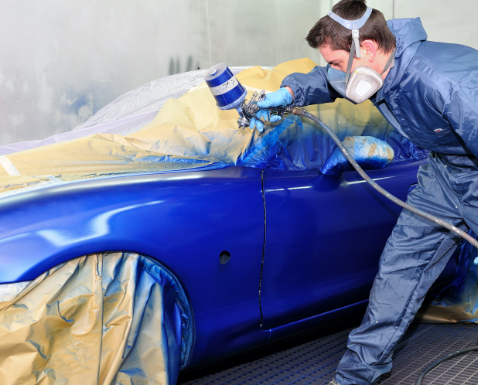
01
Coatings
Coating of any vehicle is not just a one-step process, but involves many steps. Up to five layers of paint are applied to the surface of motor vehicles, be they passenger cars, trucks or buses. Coatings containing solvents protect vehicles from corrosion, abrasion, rust and other effects of weathering, while ensuring ideal optical surface properties such as polish or metal effects. Many different oxygenated or hydrocarbon solvents are used, ranging from esters and ketones to glycol ethers (in water-based systems) as well as aromatic hydrocarbon solvents are used in solvents blends for optimum solvency power and evaporation.
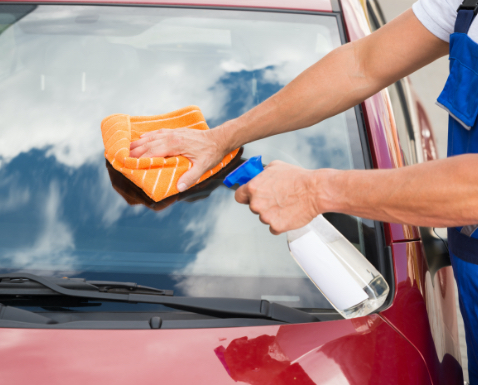
02
De-icing
& windshield wash
Solvents (alcohols such as isopropyl alcohol (IPA) or ethanol or glycols) are the main components of windscreen wiping fluid and ensure that the windows are kept clean, regardless of the temperature while the vehicle is being driven. Deicers are part of windshield washing. These solvents must not damage the paintwork of the vehicle, nor attack other materials such as rubbers, sealants and trim.
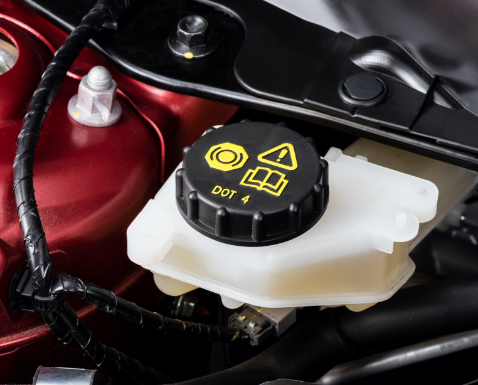
03
Brake fluids
Solvents in brake fluids (mainly glycol ethers) are essential for driving safely. When you press your foot on the brake pedal, the brake fluid transfers this force into pressure to the brakes and stops the vehicle. Solvents ensure the brake fluid maintains a high boiling point, preventing dangerous vapour bubbles from forming and protecting your brakes by absorbing free water that can cause corrosion.
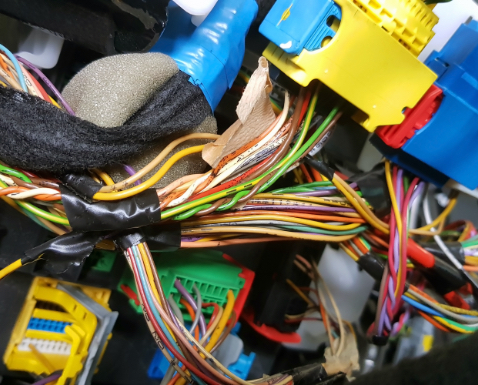
04
Electronic wires
Insulated wires are used in transformers, inductors, motors, generators, magnets and other applications requiring tight coils of insulated wire. They are also part of electronic equipment in vehicles. The manufacturing of winding wires involves a unique type of surface treatment using solvents. Electrical insulation layers (enamels) are applied onto the surface of copper wire (in some cases the conductor material may be a different metal like aluminium, copper-clad aluminium or brass). These insulation layers are applied for a variety of functional purposes, including a high and prolonged di-electric strength throughout the whole lifetime of the wire. The surface of round wires also needs a well-defined lubricant covering to ensure a good coiling performance and a smooth laying of the wire.
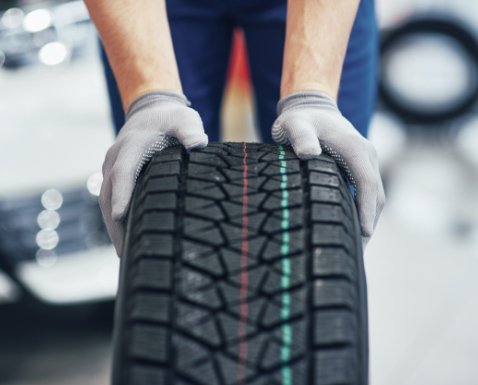
05
Tyres
Tyres are crucial to move both people and goods. On roads, just about everyone uses tyres: lorry and car drivers, cyclists and motorcyclists need them to move around smoothly and safely. Solvents help to make tyres stronger. Dearomatised aliphatic hydrocarbons with specific boiling point ranges are used to produce tyres. The solvent softens and cleans each rubber layer before the next layer is applied. Its adhesive properties help bind together the various components of the tyre, increasing safety and performance. Solvent-based adhesives keep the many different layers of material glued firmly together.
Methyl isobutyl ketone (MIBK) is used to delay the cracking of tyres over time, which can be accelerated by very high or very low temperatures.

06
Cleaning – Train transport
Solvents provide solutions for cleaning both the railcars and the rails themselves. The load of the cars determines which solvents are used to degrease, extract and clean them inside and make them shine outside.
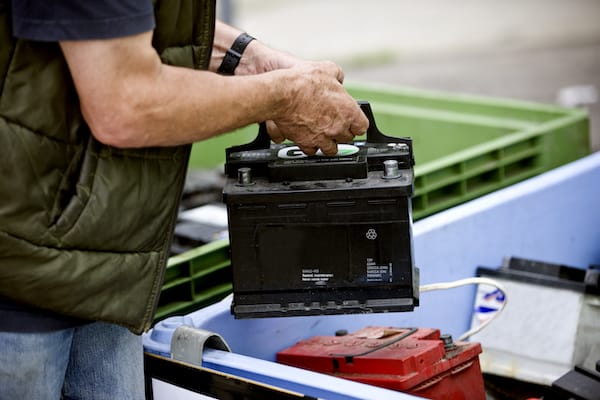
07
Battery recycling
Solvents blends with hydrocarbon solvents or glycol ethers extract valuable elements or metals like cobalt from the metal oxides commonly used as cathodes in lithium-ion batteries. In many lithium-ion battery recycling process flowsheets, spent batteries are dismantled, and the parts containing the electrodes, such as battery cells, get crushed or shredded to produce a powdery fraction referred to as “black mass.” This black mass comprises electrode coatings (metal oxides and carbon) and, therefore, contains value elements such as graphite, manganese, cobalt, nickel and lithium. Black mass requires further processing to isolate manganese, cobalt, nickel and lithium salts. This is conventionally done through hydrometallurgy, where metals from the black mass are dissolved and then chemically separated by solvent extraction.

08
Intermediates
Alcohols are used as chemical intermediates in the manufacturing of plasticisers. Plasticisers play an integral role in the overall automotive industry because they help enable some of the driving forces such as light weighting and energy reduction.
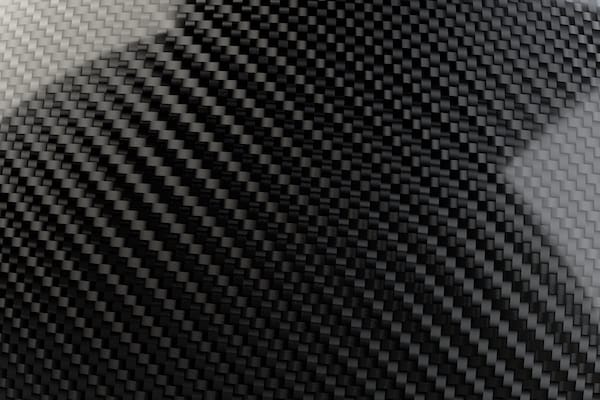
09
Carbon-fibre-reinforced polymers (CFRP)
Ketones such as acetone, MEK (Methyl ethyl ketone) and MIBK (Methyl isobutyl ketone) are used in carbon-fibre-reinforced polymers (CFRP), which are extremely strong and light plastics. CFPR can be used in body panels for cars or in wing spars and aircraft fuselage components, increasing the high
strength-to-weight ratio.
The carbon fibres are layered with epoxy resins, and the ketone’s high solvency power softens the resin to apply it easily and evenly between the layers. The solvent’s low boiling point allows it to evaporate quickly, enabling the layers to bind easily and form a robust and durable product.








